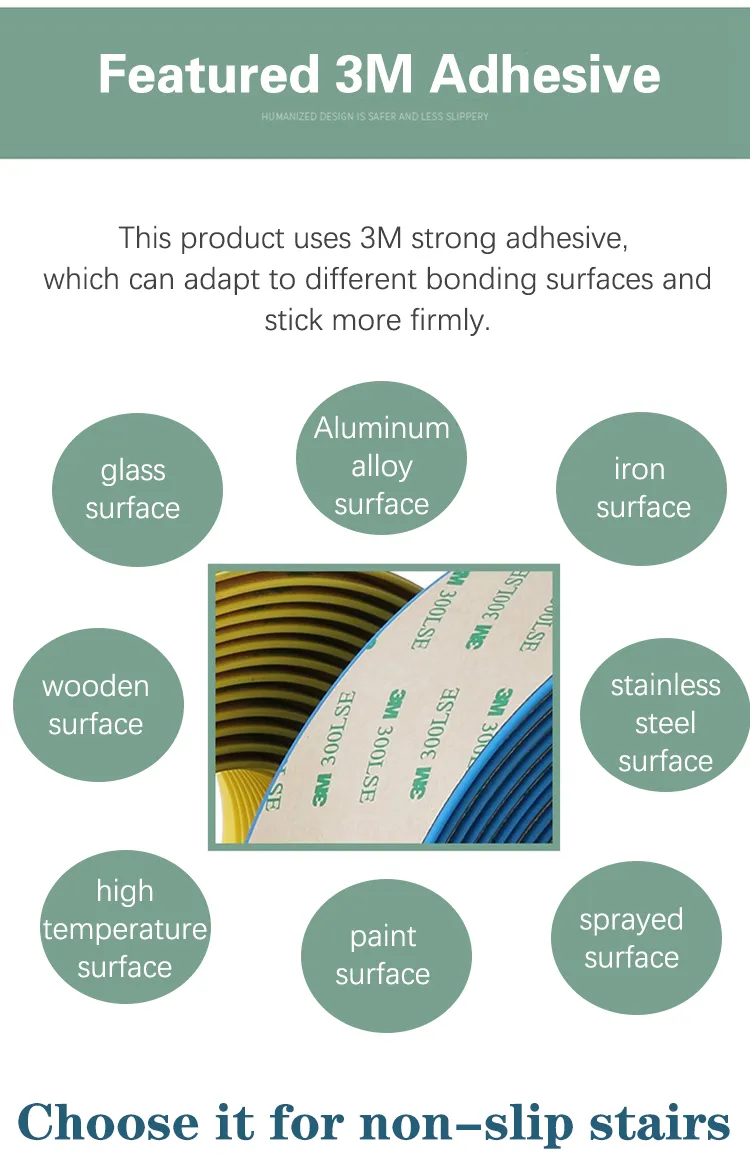Bottom Seal Door Solutions for Enhanced Insulation and Energy Efficiency in Your Home and Business
Understanding Bottom Seal Doors An Essential Component in Modern Architecture
In the realm of modern architecture and construction, the importance of effective sealing in doors cannot be overstated. Among the various types of door seals available, bottom seal doors stand out for their functionality and significance in energy efficiency, soundproofing, and overall security. This article delves into the features, benefits, and applications of bottom seal doors, making a case for their vital role in both residential and commercial buildings.
Bottom seal doors are designed with a specialized sealing mechanism at the base of the door. This mechanism serves to close the gap between the bottom of the door and the floor, effectively preventing drafts, water, and pests from entering the indoor space. The seal is usually made of durable materials such as rubber, vinyl, or even silicone, which not only enhance the longevity of the seal but also improve its resistance to wear and tear.
One of the major advantages of bottom seal doors is their ability to improve energy efficiency. With rising energy costs and increasing environmental concerns, homeowners and businesses alike are looking for ways to reduce energy consumption. A properly sealed door minimizes air leakage, which is a common issue in both older and newer buildings. By maintaining a stable indoor temperature, bottom seal doors help in reducing heating and cooling costs, ultimately leading to a smaller carbon footprint.
Moreover, bottom seal doors significantly contribute to soundproofing. For offices or homes located in noisy environments, these doors can help create a quieter and more peaceful atmosphere. The seals act as a barrier against external noise, making them an excellent choice for recording studios, libraries, and any space requiring tranquility. This characteristic is increasingly appreciated in urban settings where noise pollution is a major concern.
bottom seal door

In addition to energy efficiency and soundproofing, safety is another crucial aspect where bottom seal doors excel. The seals can provide an added layer of security against unauthorized access. Many modern bottom seal doors are designed to be robust and difficult to tamper with. Their tight fit makes it harder for intruders to exploit gaps traditionally found in poorly sealed doors.
Another noteworthy feature of bottom seal doors is their aesthetic adaptability. Available in various styles, colors, and materials, these doors can seamlessly fit into the design of any space. Whether it's a sleek glass door for a contemporary office or a solid wooden door for a traditional home, bottom seal doors can enhance the overall look while also fulfilling functional needs.
Installation and maintenance of bottom seal doors are relatively straightforward. Many come with adjustable seals that allow for a perfect fit depending on the floor's condition. If damage occurs, replacing or repairing the seal is usually a simple task, ensuring that the door continues to serve its purpose over time. Regular maintenance checks can help ensure that the seals remain effective, prolonging the lifespan of the door.
In conclusion, bottom seal doors are an essential component in today's architectural designs. They provide numerous benefits, including improved energy efficiency, enhanced soundproofing, increased security, and aesthetic versatility. As we continue to prioritize sustainability and comfort in our living and working environments, the adoption of bottom seal doors is likely to grow. Their importance in creating efficient, safe, and stylish spaces cannot be ignored, making them a valuable investment for any property owner.
-
Under Door Draught Stopper: Essential ProtectionNewsJul.31,2025
-
Garage Door Seal and Weatherstrips for ProtectionNewsJul.31,2025
-
Edge Banding Tape for Perfect EdgesNewsJul.31,2025
-
Table Corner Guards and Wall Corner ProtectorsNewsJul.31,2025
-
Stair Nose Edging Trim and Tile Stair SolutionsNewsJul.31,2025
-
Truck Bed Rubber Mats for Pickup BedsNewsJul.31,2025
-
Window Weather Stripping for Noise ReductionNewsJul.29,2025